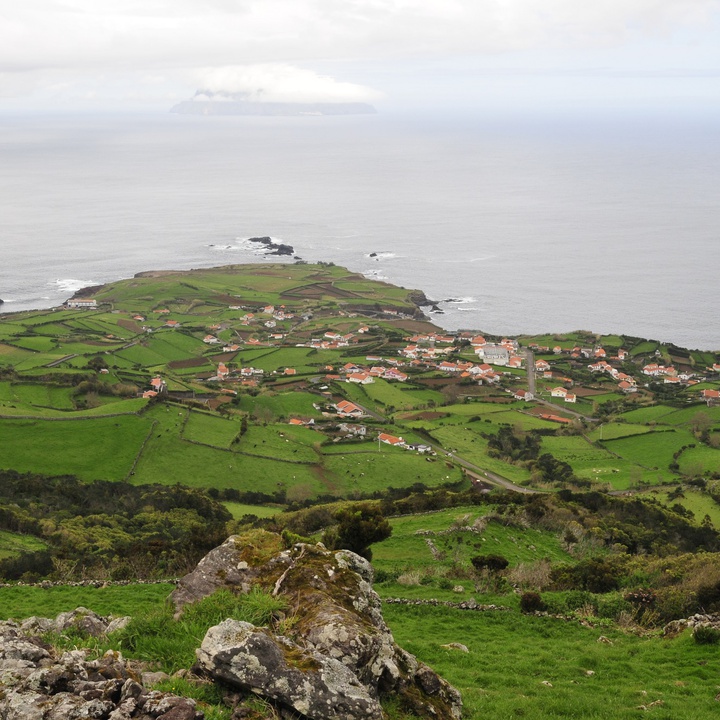Text size:
Costa Norte
Protected Area of Resources Management


This marine area is located north of the island and occupies 3974 hectares from the coastline to depths of 100 metres.
The seabed is rocky and irregular, with walls, boulders, caves and crevices. In this area, the seabed is rocky and irregular, presenting walls, boulders, caves and crevices. This protected area also presents varied biologic and geologic characteristics, housing a large diversity of marine species, from small algae and invertebrates to big pelagic fish and migratory animals that visit the area searching for large concentrations of food.
The sediment relief, firmness and stability are very variable. Some bottom parts are covered by blocks that are established either on bedrock or in sediment. The sediment bottom is stable, generally composed of medium and/or rough sand, mineral and well calibrated, and it can form waves and have variable firmness, also may be found in valleys or covering the bedrock and the blocks. Low places have an irregular crown, marked by ridges and valleys, also with irregular surface.
The most frequent fish species are the Abudefduf luridus, the Coris julis, the Labrus bergylta, the Serranus atricauda, the Epinephelus marginatus and the Sparisoma cretense. In the crevices are common the Gymnothorax unicolor, the Muraena augusti and Phycis phycis. In the water column are abundant the Boops boops, the Balistes capriscus and the Pseudocaranx dentex.
Regarding the invertebrate, it is possible to observe the Arbacia lixula, the Ophidiaster ophidianus, the Patella aspera, the Patella candei, the Megabalanus azoricus, sponges and ascidians.
Concerning the algae, are characteristic the chlorophyte Codium adhaerens and the rhodophyte Pterocladiella capillacea and Porphyra sp. In lower depths, are the rhodophyte Sphaerococcus coronopifolius and the phaeophyceae Cladostephus spongiosus, Padina pavonica and Zonaria tournefortii.
It is possible to see this area through the Fajã Grande - Ponta Delgada (PR01FLO) and the Great Route of Flores (GR01FLO) walking trails.
To know more about the habitat and marine species of this place, visit the Boqueirão Environmental Interpretation Centre.
The terrestrial limit of this area intersects several geological structures, such as erosion caves and islets, integrated on the geosites Ponta do Albernaz - Ponta Delgada and Costa Nordeste of the Azores UNESCO Global Geopark.
This protected area surrounds the Ilhéu de Maria Vaz Nature Reserve and borders the Costa Nordeste Protected Area for the Management of Habitats or Species. Within the Natura 2000 network, it borders the Costa Nordeste Special Protection Area (SPA) and integrates part of the Costa Nordeste Special Area of Conservation (SAC). It is also an Important Bird and Biodiversity Area (IBA) of the BirdLife International organization.

